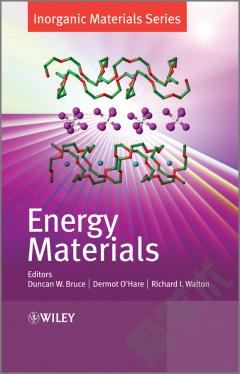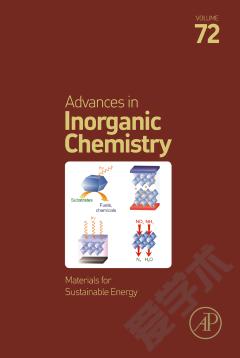Energy Harvesting Materials
It is shown how key features of natural photosynthesis can be emulated in novel materials based on photoactive multichromophore arrays and crystals. A major consideration in the design of such systems is the means of channeling electronic excitation from sites of light absorption to centers where it is stored or released. Storage is often achieved by driving charge separation or, for the longer term, a more complex chemical reaction whilst rapid release is commonly associated with frequency up-converted emission. In each case channeling to the conversion site generally entails a multi-step energy transfer mechanism whose efficiency is determined by the arrangement and electronic properties of the array chromophores or ions, guided in the more complex systems by a spectroscopic gradient that promotes overall directionality. The functional cascade molecules known as photoactive dendrimers are exemplars of this approach. The latest developments involve new mechanisms for concerted excitation transfer in multichromophore systems, leading towards the tailoring and exploitation of optical nonlinearities for high intensity energy pooling applications.
{{comment.content}}








 京公网安备 11010802027623号
京公网安备 11010802027623号